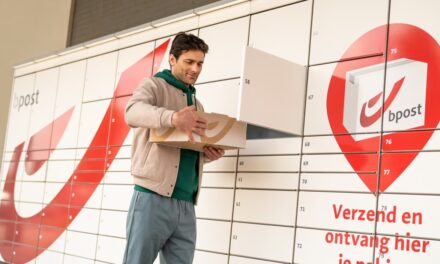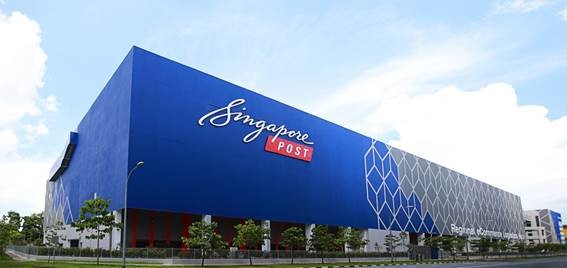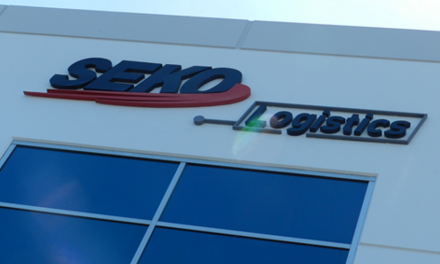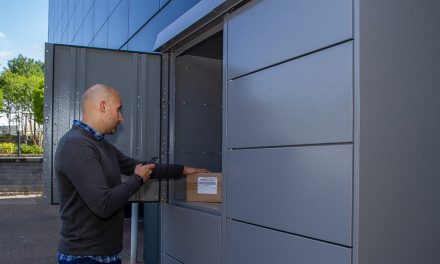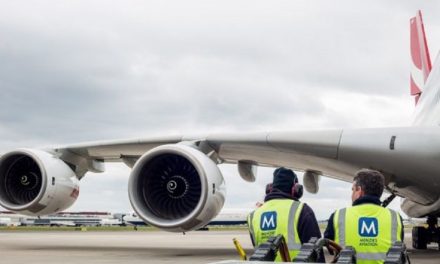
Mayor of London unveils Transport Strategy

The Mayor of London, Sadiq Khan, has revealed the details of his strategy for the future of London transport, with the publication of a 300+ page document which looks at how the capital city’s streets can be made cleaner, safer and less congested.
The Mayor announced his strategy yesterday (28 February) and the draft document was published online today. Click here to access a PDF of the document.
Much of the strategy focuses on the planned investment in public transport networks and the need to encourage more walking and cycling, and less car-driving. There will be more incentives for individuals and companies to switch to electric vehicles, and an extension of the current Ultra Low Emission Zone. There is, of course, discussion of how connected and autonomous vehicles (CAV) could play their part in making the city’s transport infrastructure smarter and safer.
However, plans to mitigate the environmental impact of the delivery sector are also high on the agenda. Most notably, the Mayor aims to reduce the number of lorries and vans entering central London in the morning peak by 10% by 2026.
But, as we all know, the volume of e-commerce is actually increasing – so the challenge facing the planners is to come up with a strategy that allows for more packages, but fewer vehicles.
In order to achieve that, the Mayor (as outlined in “Policy 5” of the Strategy) wants to “encourage more freight consolidation” and also “reduce, re-time and re-mode deliveries”. The plan is to have less deliveries clogging up the roads during the peak periods, and also use technologies that reduce the likelihood of failed deliveries.
The Strategy has already been welcomed by some players in the delivery industry – but they emphasise that it will require teamwork from both delivery companies and retailers.
In a statement sent to Post&Parcel, Bobby Shome, Global Business Development Director with Centiro, commented: “The Mayor of London’s Transport Strategy is an encouraging first step towards securing a sustainable and more environmentally-friendly future for deliveries.
“If London is to have any chance of these meeting goals the Mayor has set out organisations from all parts of the industry – from retailers to delivery partners – must start working together in a more collaborative way. This approach could be extremely effective when it comes to deliveries, with more businesses working together, where appropriate, over the last mile to reduce the existing levels of delivery traffic, particularly during the morning peak.
“The key to making this happen in practice lies in the technology driving logistics and operations. Collaboration can be made possible by sharing accurate, timely information across a wider network, making it possible for retailers to pool their resources when it comes to delivering goods.”


